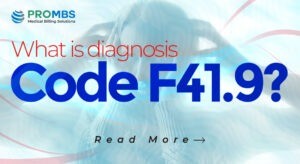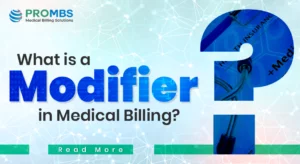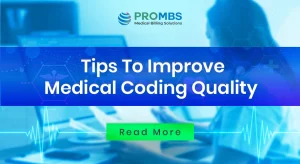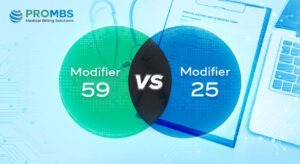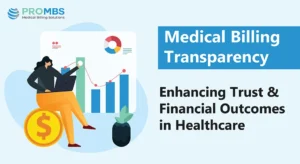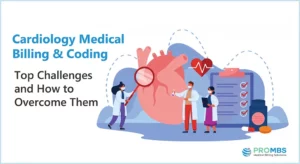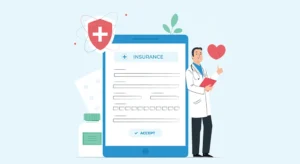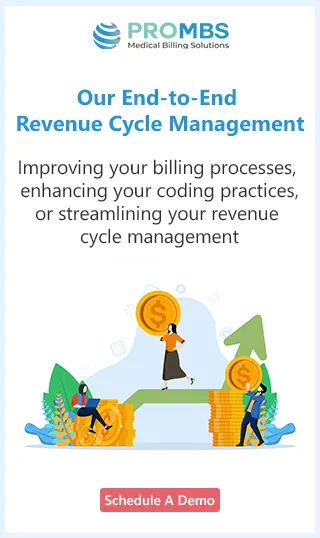Provider Credentialing Process
Provider credentialing Service is a crucial process in the healthcare industry that ensures healthcare providers are qualified, competent, and authorized to deliver medical services. The credentialing process involves verifying a provider’s education, training, licenses, certifications, and work history to ensure they meet the necessary standards for patient care.
The Significance of Provider Credentialing
Provider credentialing is essential for several reasons:
1. Patient Safety:
Credentialing ensures that healthcare providers are qualified and competent to deliver safe and effective medical care, reducing the risk of medical errors and malpractice.
2. Regulatory Compliance:
Credentialing is vital for complying with state and federal regulations and meeting accreditation standards set by organizations such as The Joint Commission.
3. Insurance Reimbursement:
Insurance companies require properly credentialed providers for reimbursement, affecting the revenue cycle of healthcare organizations.
The Challenges in Provider Credentialing
The provider credentialing process can be complex and time-consuming, presenting various challenges:
1. Extensive Documentation:
Credentialing requires gathering and verifying a significant amount of documentation, such as educational transcripts, licenses, certifications, and malpractice insurance.
2. Multiple Payers:
Healthcare providers often work with multiple insurance companies, each with its own credentialing requirements and processes.
3. Repetitive Process:
Credentialing must be periodically renewed, involving repetitive tasks to maintain provider status with various payers and healthcare facilities.
4. Time Sensitivity:
Delays in credentialing can affect providers’ ability to deliver care and receive timely reimbursement.
Strategies to Simplify Provider Credentialing
To simplify the provider credentialing process, healthcare organizations can adopt several strategies:
1. Centralized Credentialing System:
Implementing a centralized credentialing system streamlines the process by creating a standardized and efficient workflow. This system reduces duplicate efforts and ensures consistency in credentialing applications.
2. Utilizing Technology:
Leveraging credentialing software can automate data collection, verification, and documentation processes. Technology integration increases efficiency and reduces the risk of errors.
3. Dedicated Credentialing Team:
Creating a dedicated credentialing team or outsourcing credentialing services ensures focused expertise and timely completion of the credentialing process.
4. Proactive Monitoring:
Proactively monitoring credential expirations and renewal dates prevents provider status and reimbursement delays.
5. Collaboration with Payers:
Building collaborative relationships with insurance companies and payers can lead to standardized credentialing requirements, simplifying the process for multiple payers.
Conclusion
Provider credentialing is a fundamental aspect of the healthcare industry, ensuring patient safety, regulatory compliance, and reimbursement for medical services. By understanding the importance of credentialing, recognizing the challenges involved, and implementing strategies to simplify the process, healthcare organizations can streamline their operations. Embracing centralized systems, technology integration, dedicated teams, proactive monitoring, and collaborative partnerships with payers will lead to more efficient provider credentialing and enhance overall healthcare delivery. For free consultation, email PROMBS: info@prombs.com or contact (725) 237-2757
FAQs
Why is provider credentialing important in the healthcare industry?
Provider credentialing ensures patient safety, regulatory compliance, and proper insurance reimbursement for medical services.
What challenges are involved in the provider credentialing process?
Provider credentialing involves extensive documentation, dealing with multiple payers, repetitive processes for renewals, and time sensitivity.
How can healthcare organizations simplify the provider credentialing process?
Healthcare organizations can simplify provider credentialing by implementing centralized systems, utilizing technology, having dedicated credentialing teams, proactive monitoring of credentialing status, and collaborating with payers.
Why is technology integration crucial in simplifying credentialing?
Technology integration automates data collection, verification, and documentation, increasing efficiency and reducing the risk of errors in the credentialing process.
What are the benefits of streamlining provider credentialing?
Streamlining provider credentialing leads to more efficient healthcare operations, timely provider status, and improved patient care while ensuring compliance with regulations and insurance requirements.







